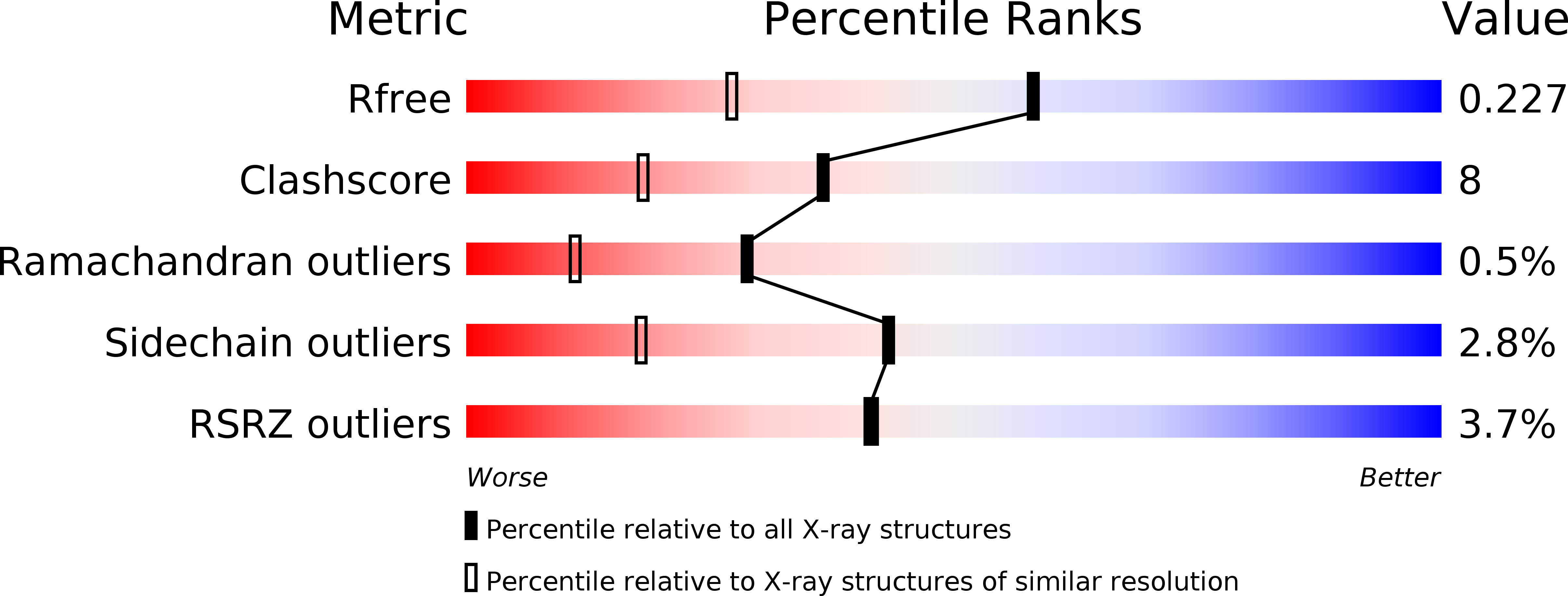
Deposition Date
2000-12-07
Release Date
2001-08-30
Last Version Date
2023-12-13
Entry Detail
PDB ID:
1HFO
Keywords:
Title:
The Structure of the Macrophage Migration Inhibitory Factor from Trichinella Spiralis.
Biological Source:
Source Organism:
TRICHINELLA SPIRALIS (Taxon ID: 6334)
Host Organism:
Method Details:
Experimental Method:
Resolution:
1.65 Å
R-Value Free:
0.28
R-Value Work:
0.22
R-Value Observed:
0.22
Space Group:
C 1 2 1


